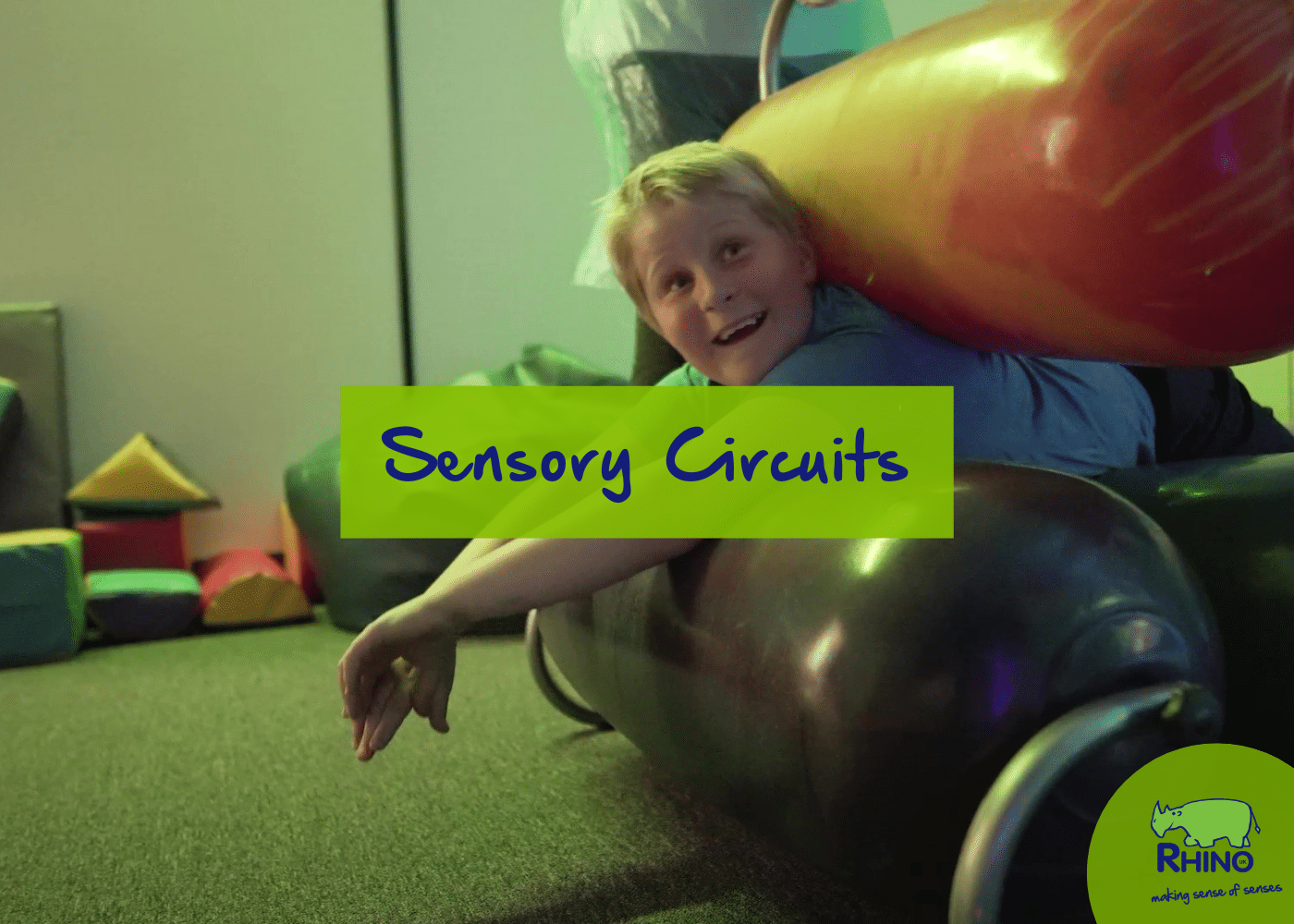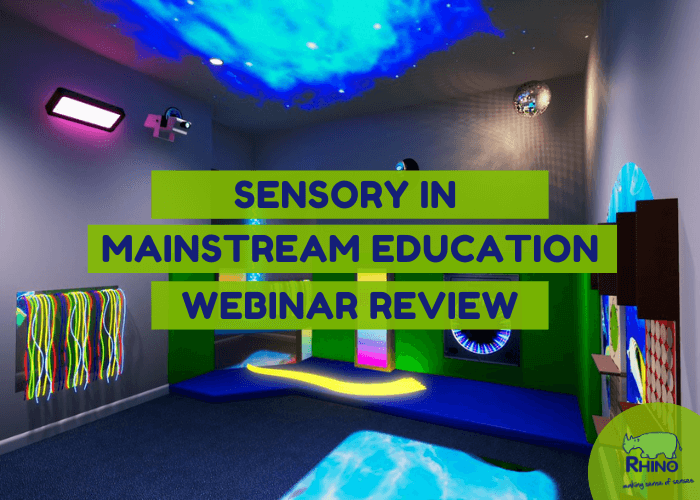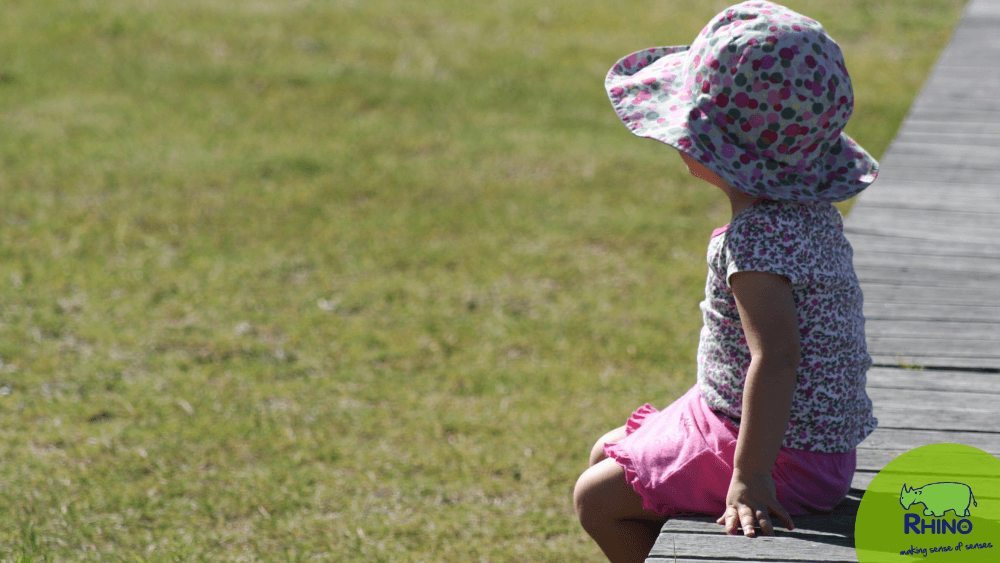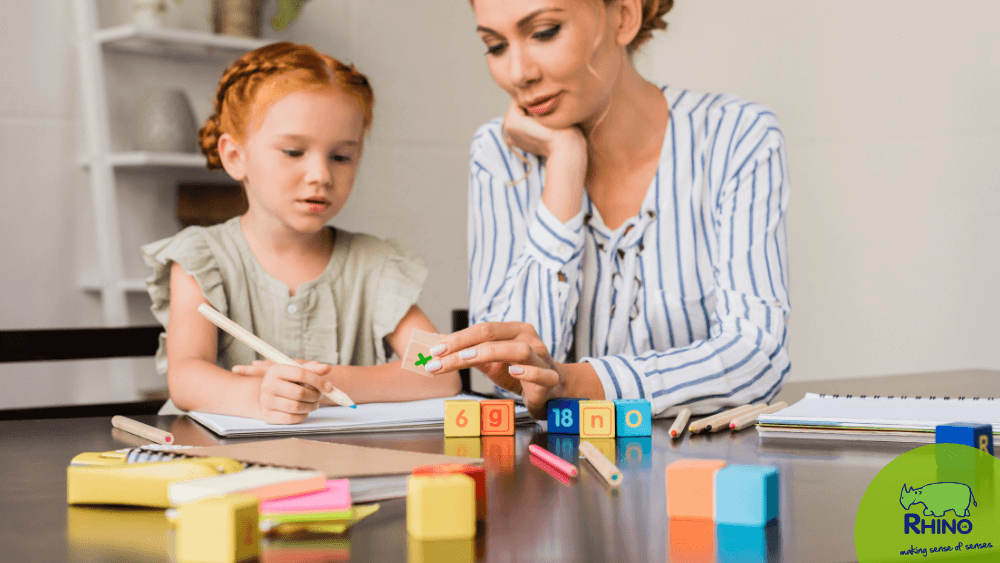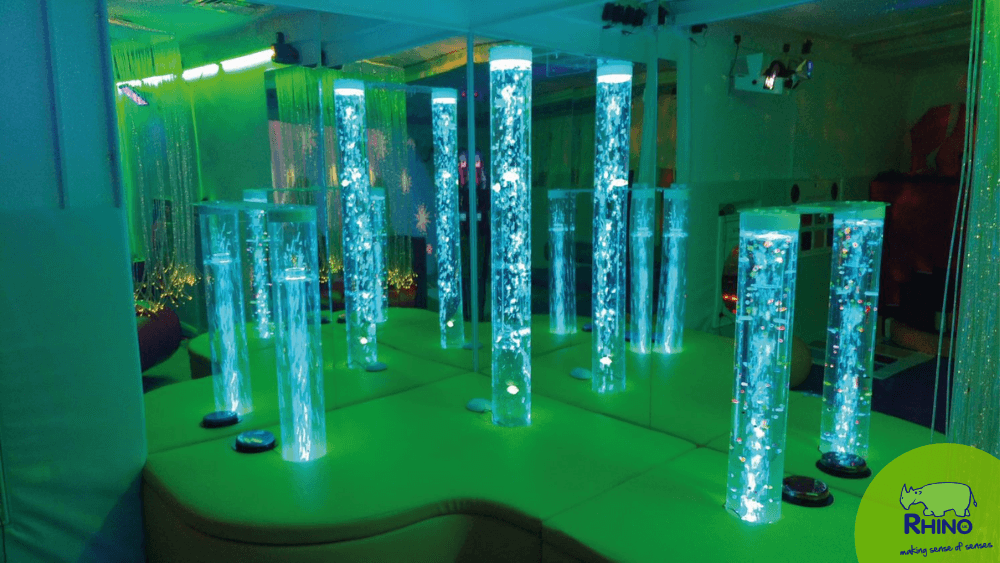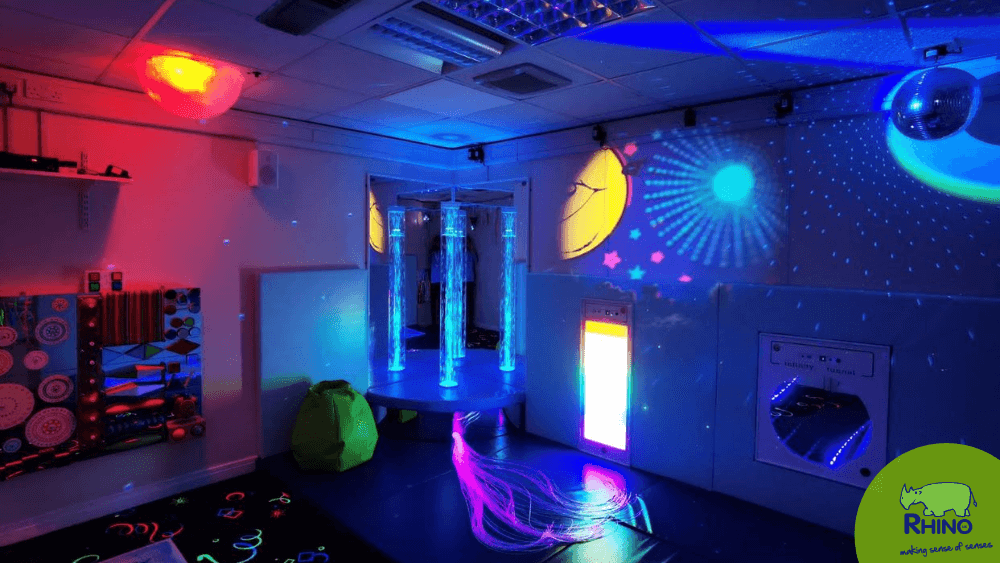What is a Sensory Circuit?
A sensory circuit is an active and engaging circuit exercise designed to stimulate students’ bodies and minds so that they’re ready for a productive day at school.
Designed by Paediatric Occupational Therapist Jane Horwood in 2009, the concept has slowly gained traction as more and more educators have seen its benefits. As a result, sensory Circuits are now a key part of many school days.
Who are Sensory Circuits for?
Sensory circuits are great for children with sensory processing disorders, ADHD, and autism – as it gives them the stimulation they’re seeking and helps regulate their sensory system, so it’s ready to focus.
Although sensory circuits are also fantastic for the wider school community, starting the day off with something fun and engaging gets them ready to learn more effectively throughout the day.
How to make a Sensory Circuit
Every sensory circuit should be split into three sections, Alerting, Organising & Calming. Each section has its own activities and purposes, so by the time students have reached the calming stage, they’re ready to learn.
Alerting
The first stage of the sensory circuit should always be the alerting stage. This section aims to help students release any pent-up anxiety and energy so they’re in a better position to settle into a classroom environment.
Alerting activities are designed to stimulate proprioceptive, vestibular (balance) and motor skills by getting the body active.
Alerting Activity Examples:
- Bouncing on a mini trampoline
- Hopping on a space hopper
- Skipping with a jump rope
- Rolling on a gym ball
- Sliding down a roller slide
Organising
After alerting, you should move on to organising – where students are challenged to channel their energy into an activity that requires skill and focus.
Organising activities should stimulate students motor, vestibular, sensory and timing skills so they feel more connected to their body and how it moves.
Organising Activity Examples
- Walking across the sensory tactile floor balance path
- Hiking across the colourfully rocky hill tops
- Throwing bean bags into a bucket
- Using your hands to surf along on a floor surfer
- Coordinating with a partner to walk in sync on summer skis
Calming
The final calming section is designed to re-capture students energy and help them feel more centred in themselves, so they’re ready to learn.
Calming activities should stimulate students proprioceptive, deep pressure and tactile senses.
Calming Activity Examples
- Wearing weighted wrist bands
- Lying underneath a weighted quilt
- Slowly rolling through a body roller
- Draping a weighty snakey over your shoulders
- Wiggling around in a body sox
How long should a Sensory Circuit take?
A sensory circuit should typically last for 15 minutes – with five minutes in each section. It’s just the right amount of time for students to feel focused without getting tired. It also maintains the circuit’s element of fun, any longer, and students might start to see the activity as a chore.
Of course, how long a circuit is up to you. You might find that your students need less time to complete it or that they need to spend more time in one section and less in another.
It’s your responsibility to know your student’s needs and abilities and tailor a sensory circuit that meets them.
When should Sensory Circuits be used?
It’s recommended that you start the day with a sensory circuit – before bums are on seats. It’s a great way of capturing students’ nervous energy and productively channelling it into focused energy so they’re ready for an exciting day of learning.
Although sensory circuits aren’t only reserved for mornings! They can be used whenever students feel restless or unfocused, whether that’s after lunch, to refocus minds after an energetic hour on the playground, or between lessons for a physical, mental, and sensory break from the classroom.
Discover More
If you’d like any help setting up your sensory circuit, then make sure you get in touch with a member of our sensory team. They’ll be more than happy to offer their expert advice, product recommendations, and sensory know-how so that you can create a sensory circuit that works for you and your school community.
- Blog: Sensory in Mainstream Education
- Blog: From Homeschool to the Classroom
- Collection: Gross Motor & Balance
- Collection: Sensory Integration & Movement
